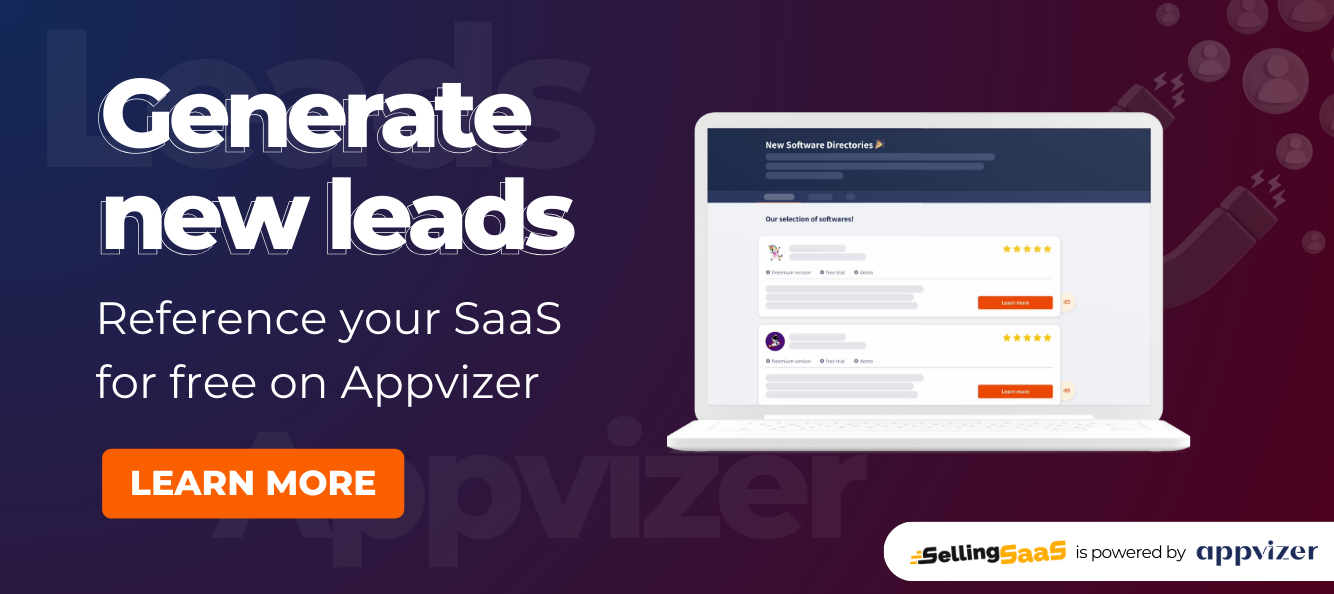1. The Importance of Customer-Led Growth
Definition and Explanation of Customer-Led Growth
Customer-led growth is a business strategy where decisions and innovations are primarily driven by customer feedback and insights. It focuses on understanding and meeting the evolving needs of customers, thereby fostering organic growth.
Benefits of Customer-Led Growth
This approach offers numerous benefits, including increased customer satisfaction, loyalty, and retention, leading to sustainable business growth. It also ensures that products and services remain relevant and competitive in the market.
Examples of Successful Customer-Led Growth Strategies
Companies like Apple, Amazon, and Netflix have successfully implemented customer-led growth strategies. They constantly evolve their offerings based on customer feedback, preferences, and behavior, leading to high levels of customer satisfaction and business success.
2. Implementing Customer-Led Growth in Your Business
Understanding Your Customers’ Needs and Preferences
To truly understand your customers, employ a variety of methods:
- Surveys and Feedback Forms: Regularly engage with customers through surveys to gather insights about their experiences and expectations.
- Social Listening Tools: Utilize tools like Hootsuite or Brandwatch to monitor social media channels for customer opinions and trends.
- User Testing Sessions: Conduct sessions where customers interact with your product, providing real-time feedback.
- Customer Interviews: Have in-depth conversations with customers to understand their needs better.
For instance, Spotify uses data analytics to understand user preferences, enhancing music recommendations, while Airbnb constantly gathers feedback from both hosts and guests to refine their platform.
Innovating and Improving Your Products or Services based on Customer Feedback
Adopting an iterative approach to product development ensures continuous improvement:
- Agile Development: Implement an agile framework, allowing for quick iterations of product features based on customer input.
- A/B Testing: Test different versions of a feature to gauge customer preference.
- Customer Feedback Forums: Create platforms for customers to suggest and vote on features.
- Beta Testing Groups: Release new features to a select group of users for feedback before a full launch.
Companies like Slack and Dropbox frequently use these methods, testing new features with specific user groups and making adjustments based on their feedback.
Creating a Positive Customer Experience to Foster Trust and Loyalty
Fostering trust and loyalty is paramount:
- Customer Journey Mapping: Analyze and optimize each touchpoint in the customer journey.
- Personalization: Use customer data to create personalized experiences in marketing, support, and product usage.
- Quality Customer Support: Implement robust systems like live chat and responsive customer service.
- Community Building: Encourage forums or social media groups for customer interaction and feedback.
Examples of excellence in customer experience are Zappos, known for its exceptional customer service, and Adobe, which maintains an active community forum for user interaction and feedback.
3. Measuring and Tracking Customer-Led Growth
Key Metrics to Track Customer-Led Growth
Vital metrics include customer satisfaction scores (CSAT), Net Promoter Score (NPS), customer retention rates, and customer lifetime value (CLV). These metrics provide insights into customer loyalty and satisfaction.
Utilizing Analytics and Data to Monitor Customer Behavior and Trends
Leverage analytics and data to gain a deeper understanding of customer behavior, preferences, and trends. This data-driven approach helps in making informed decisions that align with customer needs.
Implementing Strategies to Drive Customer Acquisition and Retention
Develop strategies that focus on acquiring new customers and retaining existing ones. This includes referral programs, loyalty rewards, and personalized marketing efforts that resonate with your customer base.
In conclusion, customer-led growth is a strategic approach that places the customer at the center of a business’s decision-making process. By understanding and responding to customer needs, fostering a positive customer experience, and leveraging key metrics and analytics, businesses can drive sustainable growth and build a loyal customer base. This customer-centric approach not only enhances business performance but also ensures long-term relevance in a rapidly changing market.


